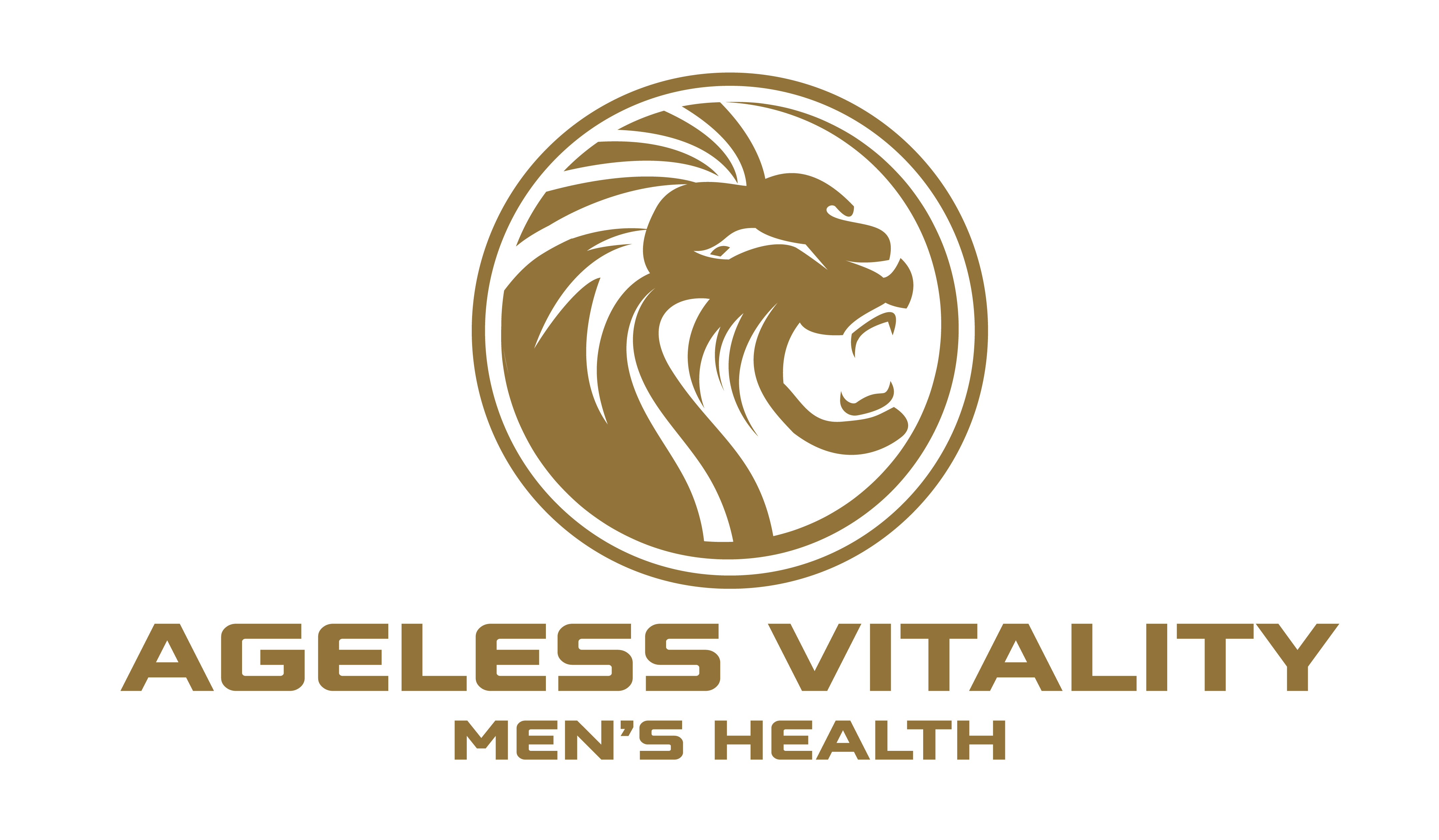Testosterone therapy, also known as testosterone replacement therapy (TRT), is a treatment option for men with clinically diagnosed low testosterone (hypogonadism). This condition, characterized by abnormally low levels of the hormone testosterone, can lead to a range of symptoms including fatigue, decreased libido, reduced muscle mass, and mood changes.
While testosterone therapy can alleviate these symptoms for many men, it’s crucial to understand its administration methods and potential side effects before considering it. This blog will delve into the various ways testosterone therapy can be administered and what to expect during treatment.
Methods of Testosterone Administration
Several methods exist for administering testosterone therapy, each with its advantages and disadvantages. The choice of method depends on factors like individual patient preference, health conditions, and the doctor’s assessment. These methods include:
- Injections: This is a common method where testosterone is injected intramuscularly (into a muscle), usually once or twice a week. Injections provide a consistent level of testosterone in the body, but some men find them inconvenient or painful. Different preparations of testosterone are available for injection, with varying release rates.
- Topical Gels and Creams: These are applied to the skin, usually on the shoulders, arms, or abdomen. The testosterone is absorbed through the skin and enters the bloodstream. This method is generally considered convenient and less painful than injections, but the testosterone levels may fluctuate more. It’s important to note that accidental skin-to-skin contact can transfer testosterone, potentially affecting women or children.
- Transdermal Patches: These patches are applied to the skin and release testosterone steadily into the bloodstream. Similar to gels and creams, this method offers convenience, but absorption rates can vary.
- Buccal Tablets or Patches: These are placed inside the cheek and absorbed through the mucous membranes. This method offers a relatively consistent level of testosterone but may cause mouth irritation in some individuals.
- Implants: Small pellets containing testosterone are surgically implanted under the skin. These pellets slowly release testosterone over several months, providing a long-lasting effect, but require a surgical procedure for placement and removal.
- Oral Medications: Oral testosterone is less common due to its significant first-pass metabolism by the liver, resulting in lower bioavailability and increased risk of liver damage.
Choosing the Right Method
The selection of the best administration method is a collaborative decision between the patient and their doctor. Factors considered include the patient’s lifestyle, preferences, potential side effects, and overall health. Regular blood tests are crucial to monitor testosterone levels and adjust the dosage as needed to maintain optimal levels and minimize potential side effects.
Conclusion
Testosterone therapy can be a beneficial treatment option for men with confirmed low testosterone, significantly improving their quality of life. However, it’s essential to remember that TRT is not a one-size-fits-all solution. The method of administration, dosage, and monitoring are personalized based on individual needs and health status.
Regular checkups with a doctor are crucial to monitor for potential side effects and adjust the treatment plan as necessary. It’s important to discuss the potential risks and benefits thoroughly with a healthcare provider before starting testosterone therapy.

